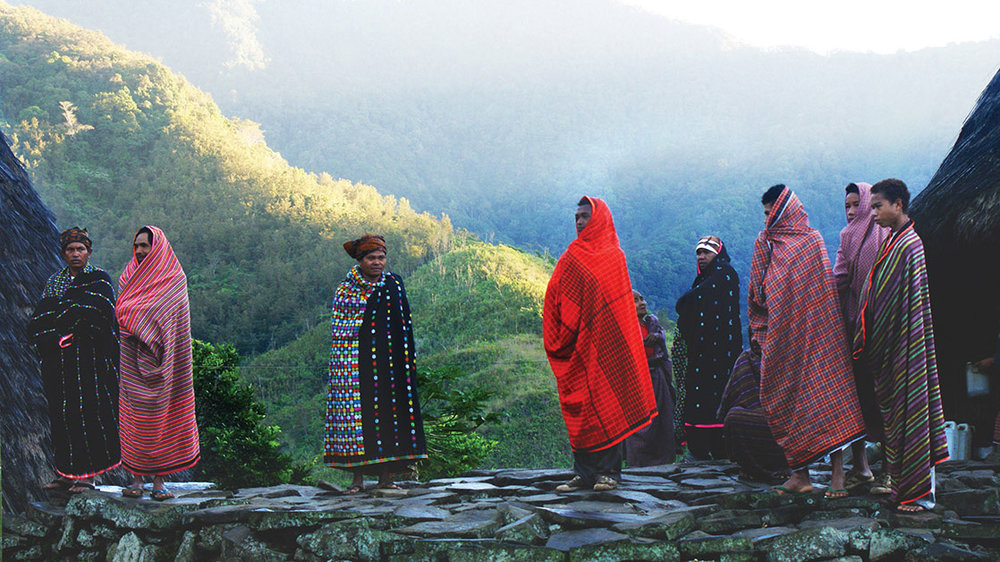Labuan Bajo trip is not just a gateway to the stunning beauty of Komodo National Park. It is also home to a rich cultural heritage that tells the story of the people who have lived in this region for centuries. From ancient traditions and customs to historical landmarks and artifacts. Exploring the cultural heritage of the Labuan Bajo trip is a journey through time that is not to be missed.
The Traditional Cultures of Labuan Bajo
Labuan Bajo is home to several traditional cultures that have thrived in the region for centuries. The most prominent among these are the Manggarai people, known for their intricate music and dance performances. Visitors can witness these performances during festivals, such as the Manggarai Cultural Festival held every July.
Another notable traditional culture in Labuan Bajo is the Bajo people, who have long been associated with the sea. These seafaring people have developed their own unique culture and language. Visitors can learn more about their way of life by visiting Bajo villages and engaging with the local communities.
Historical Landmarks
Labuan Bajo has several historical landmarks that glimpse the region’s past. One such landmark is the Batu Cermin Cave, which features stunning stalactites and stalagmites and is believed to have been used by the Japanese during World War II. Visitors can explore the cave and learn about its historical significance.
Another landmark worth visiting is Love Hill, which offers panoramic views of Labuan Bajo and its surroundings. The hill is also home to the Goa Maria (Mary’s Cave), a religious site that features a statue of the Virgin Mary and attracts many pilgrims each year.
Traditional Crafts of Labuan Bajo
Labuan Bajo is home to several traditional crafts passed down through generations. One of the most amazing crafts is weaving traditional fabrics, such as the songket and tenun ikat. Visitors can witness the weaving process and purchase these beautiful fabrics as souvenirs.

Another traditional craft in Labuan Bajo is carving wooden statues and masks. These intricate works of art are often used in traditional ceremonies and can be found in local markets throughout the region.
The Influence of Islam in Labuan Bajo
Islam has significantly influenced the culture and history of Labuan Bajo. The region’s first mosque, the Masjid Nurul Huda, was built in 1973 and has become a symbol of the Islamic faith in the region. Visitors can visit the mosque and learn more about the Islamic culture and customs practiced in the region.
The Future of Labuan Bajo’s Cultural Heritage
As Labuan Bajo grows as a tourism destination, preserving its cultural heritage has become increasingly important. Efforts are underway to document and protect traditional customs, practices, historical landmarks, and artifacts. Visitors can play a role in this preservation by respecting local customs and engaging with the local communities responsibly and sustainably.
Uncovering Labuan Bajo’s cultural heritage is a journey through time that offers a glimpse into the region’s rich history and traditions. From traditional cultures and crafts to historical landmarks and influences of Islam. There is much to explore and discover in this beautiful region. As visitors engage with the local communities and help preserve this cultural heritage, they can contribute to the sustainable development of Labuan Bajo as a tourism destination.

